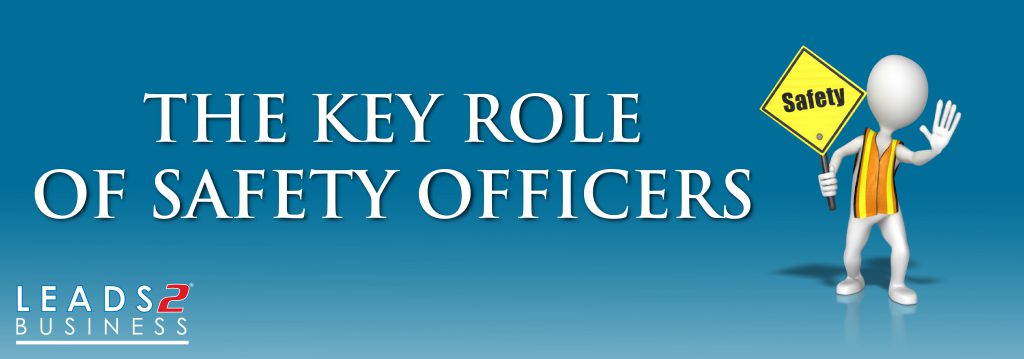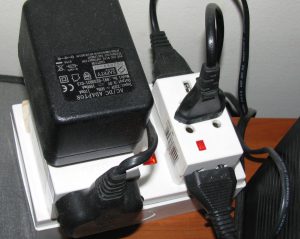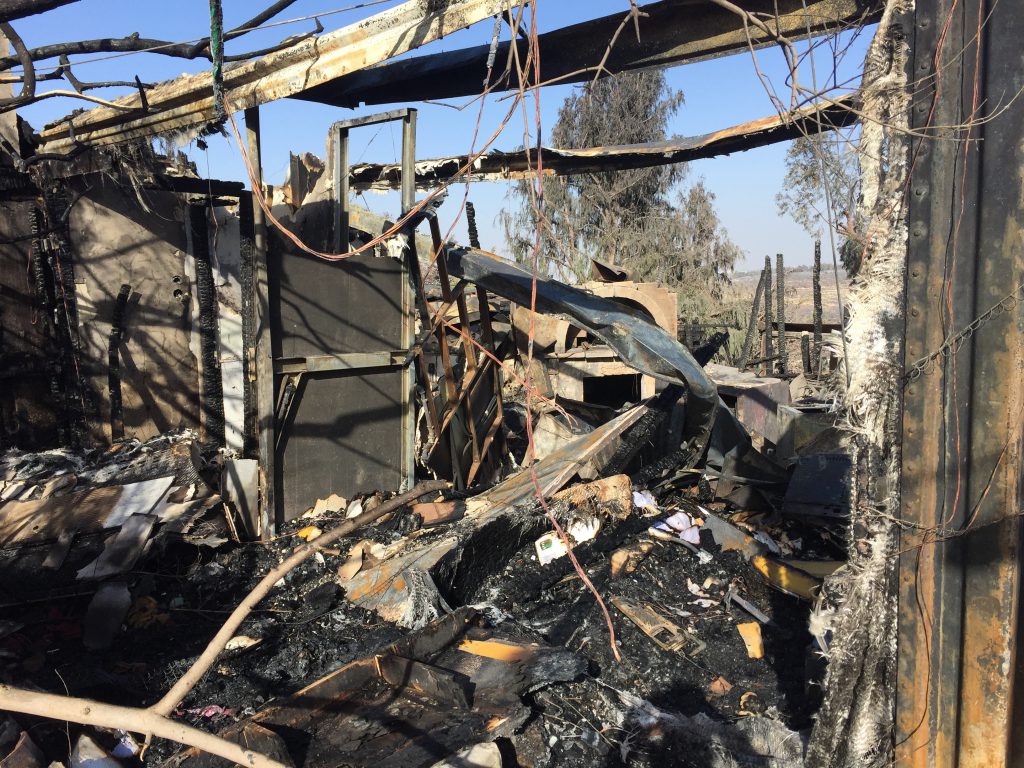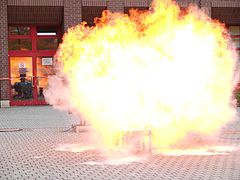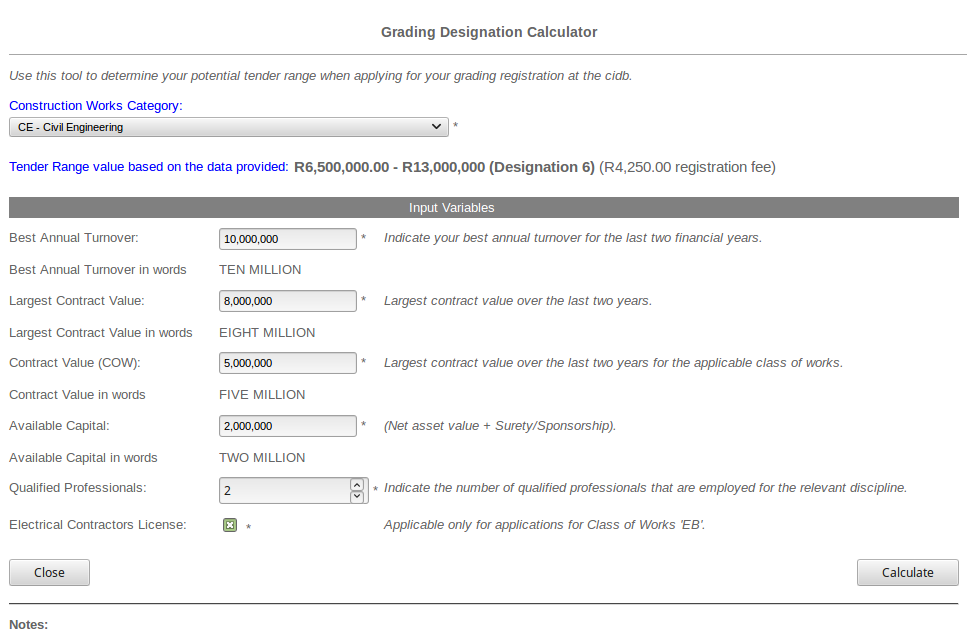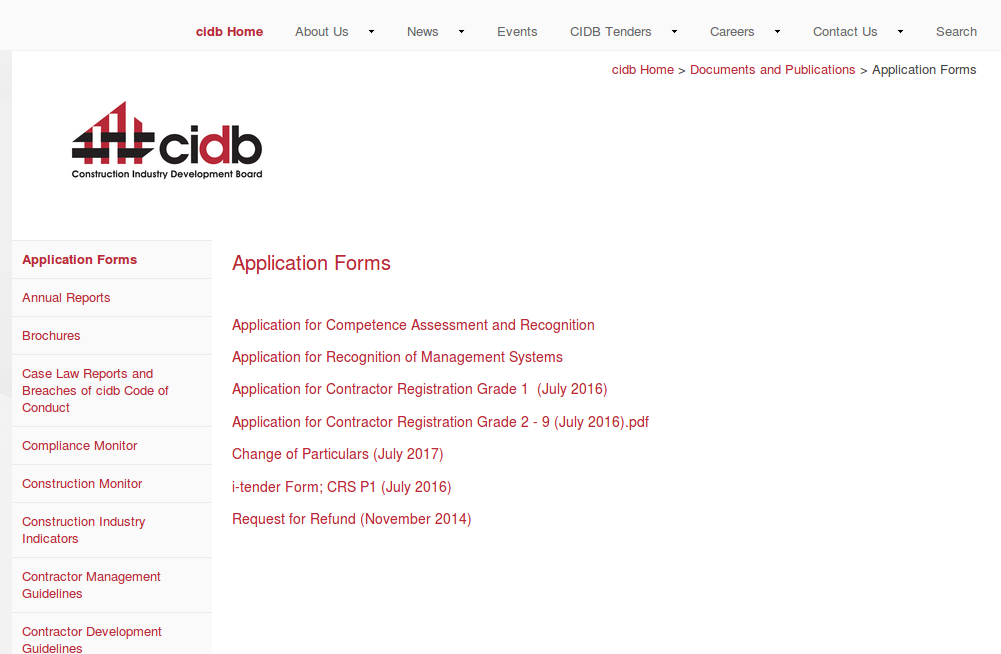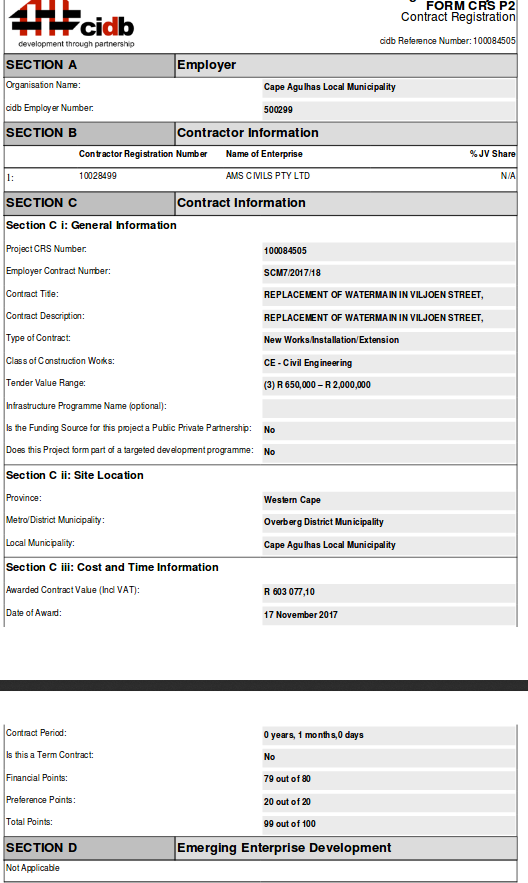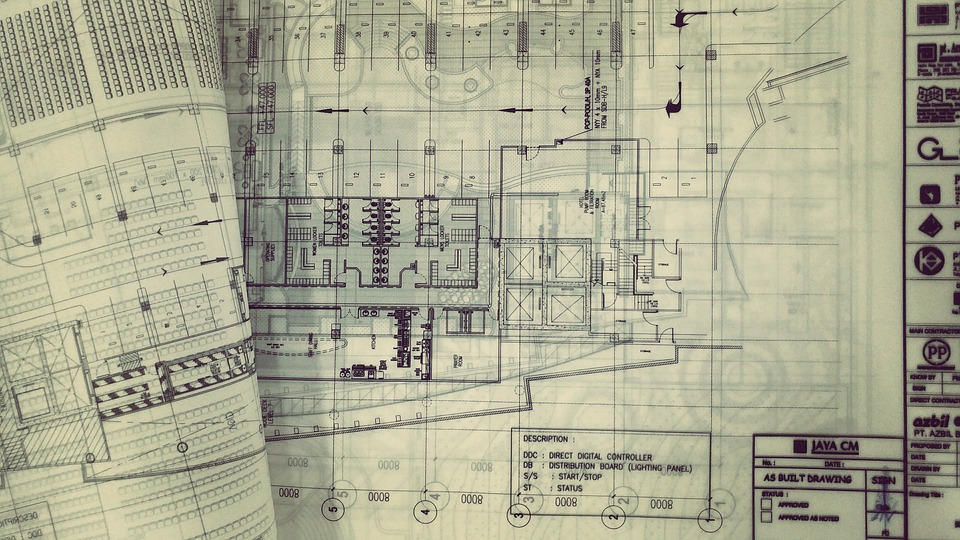What to do if your're in a building on fire

“Stay calm! Single file! Don't panic! Stop, drop and roll!”
These are just a few things that cross my mind when thinking of evacuating a building that's on fire.
However, we're all aware that the panic struggle is so real when facing something as scary as the possibility of burning alive!
The regulations as published by the South African Bureau of Standards (SABS) SANS 10400 Part T are as follows:
- The occupants using the building/structure will be protected. This includes disabled individuals.
- Sufficient stability must be insured as not to endanger any other building to avoid structural system failure.
- The spread of fire within the building will be minimised.
- The spread of smoke will be controlled or minnimised to the best practicable measurement.
- An adequate means of access for fighting, controlling and detecting a fire will be provided.
SANS Act 10400 Part T can be broken down into 4 categories:
- Safety distances – Classifications including the type of external wall and distances where walls don't contain openings (ie. windows)
- Fire resistance – Fire resistance of building materials
- Requirements – Including but not limited to:
- Fire performance
- General requirements
- Partition walls and partions
- Floor coverings
- Exit doors
- Fire detection and fire alarm systems
- Fire stability of structural elements
- Maintenance and provision of fire-fighting equipment and fire protection systems
- Rational designs – A competent person is required for the designing aspect
According to South Africa's building regulations, the Act will be fulfilled when and only when a building is designed, constructed and equipped with every executed regulation.
In addition, local authorities must also be satisfied with the design and plan of the building before construction can begin.
So now, let's have a look at a basic business fire escape plan. It is imperative to have a reliable fire escape plan as this could mean the difference between life and death.
- Draw up a map – draw a basic floor plan of your company indicating where all fire extinguishers, escape doors and outside meeting points are located. Place a few copies in visible spots around the office for employees to see and make note of.
- Have your local fire department on speed dial – because a fire breaking out is a panicky time, chances of making mistakes when trying to dial the correct number are high. Having the number on speed dial will avoid mistakes, getting it done quickly and right the first time around.
- Install smoke alarms – installing a reliable fire system such as smoke detectors and fire sprinkles, it could give you enough time to evacuate the building while helping to eliminate the fire.
- Invest in a fire extinguisher – Fire extinguishers are a must for all commercial properties according to the Fire Protection Act. Adequate means of access for fighting, controlling and detecting a fire are imperative, as to ensure effective resolution, in an unfortunate instance.
- Allocate an outside meeting point – choose an appropriate meeting point outside, far enough from the building, for all employees to meet in case of an emergency. This will assist you in determining who might still be in the building by means of an employee/individual roll call.
- Install emergency release devices – Ensure that you install release devices on windows that have security bars which will allow the bars to open, giving employees outside access.
- Train your staff – Staff should be trained to know not to use the elevator when a fire breaks out and also know how to use the fire protection devices.
- Set allocation of health, fire & safety staff to assist where necessary.
- Practice – Have regular fire drills to ensure your employees know exactly what to do in the case of an emergency. Practice makes perfect!
In order to expedite the evacuation of a workplace, every employer shall ensure that any escape door from any room or passage or at a staircase shall, as far as it is practicable, be hung so as to open outwards; every door of a room in which persons may be present be kept clear and capable of being easily and rapidly opened from inside; staircases are to be provided with hand-rails – staircases intended to be used as fire escapes must be constructed of non-combustible material, be kept clear of any material or other obstructions and not terminate in an enclosed area. Staircases need to be wide enough to facilitate the quick and safe evacuation of the number of people intended to make use of them, this is also applicable for the amount of fire escapes. An employer will provide an adequate supply of suitable fire-fighting equipment at strategic locations and must always make sure equipment is maintained and in good working order.
The Act specifies several offenses that owners of building need to avoid. If anyone does anything to obstruct escape routes in buildings, they will be guilty of an offense.
The biggest question that you need to ask yourself is “how long will it take to open the door/gate in case of an emergency?” It's a huge responsibility to ensure the safety of others, that is why it's so important to check, check, and triple check that all the regulations are adhered to. If you're in doubt you could make contact with your local fire department and ask them to do an inspection for you. When you gamble with safety, you bet your life. Better a thousand times careful, than once dead.
Don't let your dreams go up in smoke – practice fire safety.
Sources
http://www.fireco-sa.com/south-african-building-regulations-fire-protection.html
http://www.nfpa.org/safety-information/for-consumers/escape-planning/basic-fire-escape-planning
If you are interested in becoming one of our subscribers, please visit our website.
To view notes with screenshots on how to use our website, please visit our Wiki site.
To view more articles, please visit our blog.
About Elaine Cockcroft
I started working at Leads 2 Business in January 2016 and form part of the sales team as Account Executive based in Gauteng.


